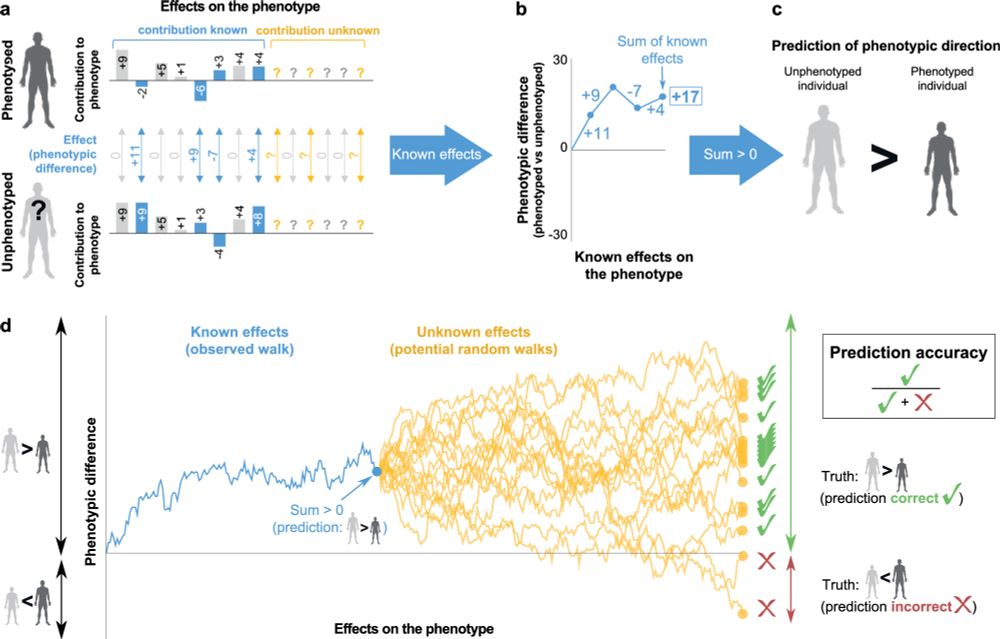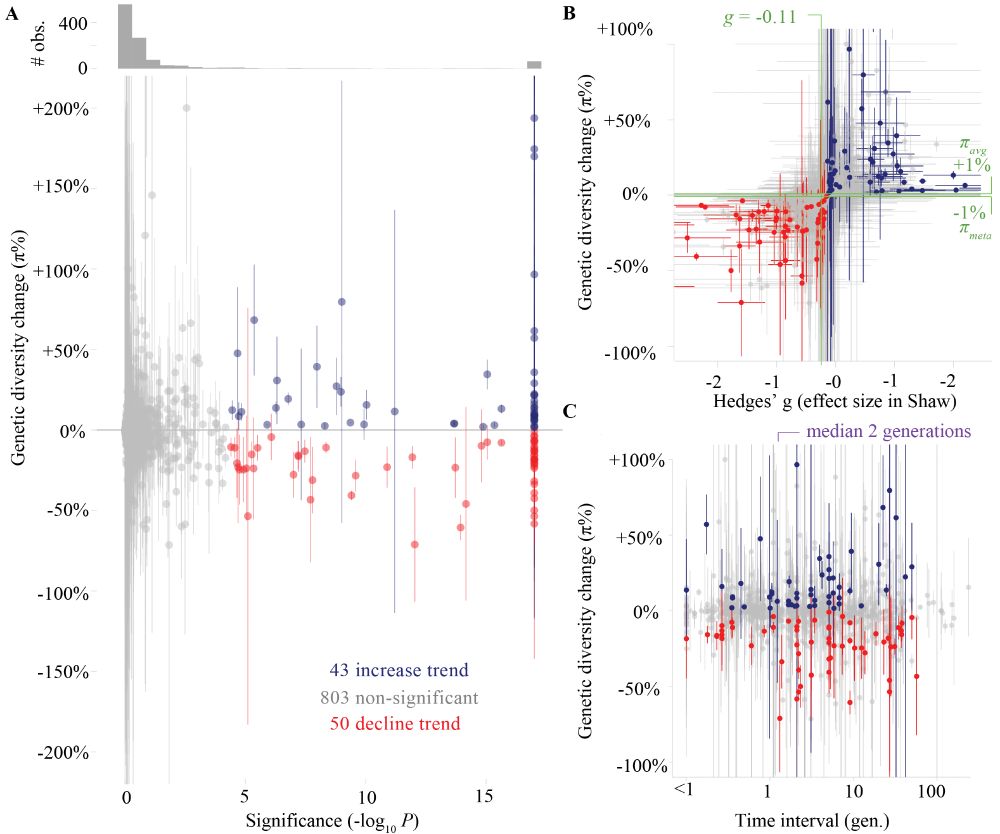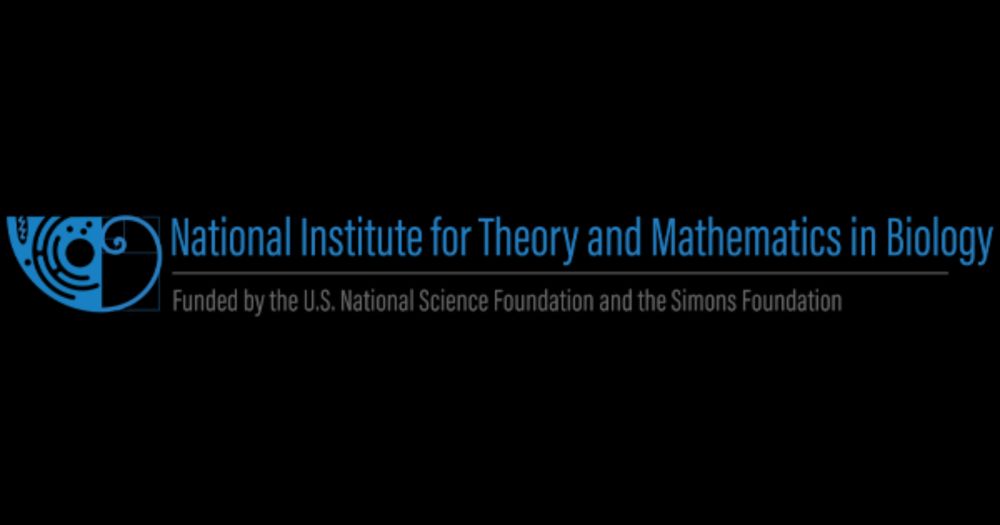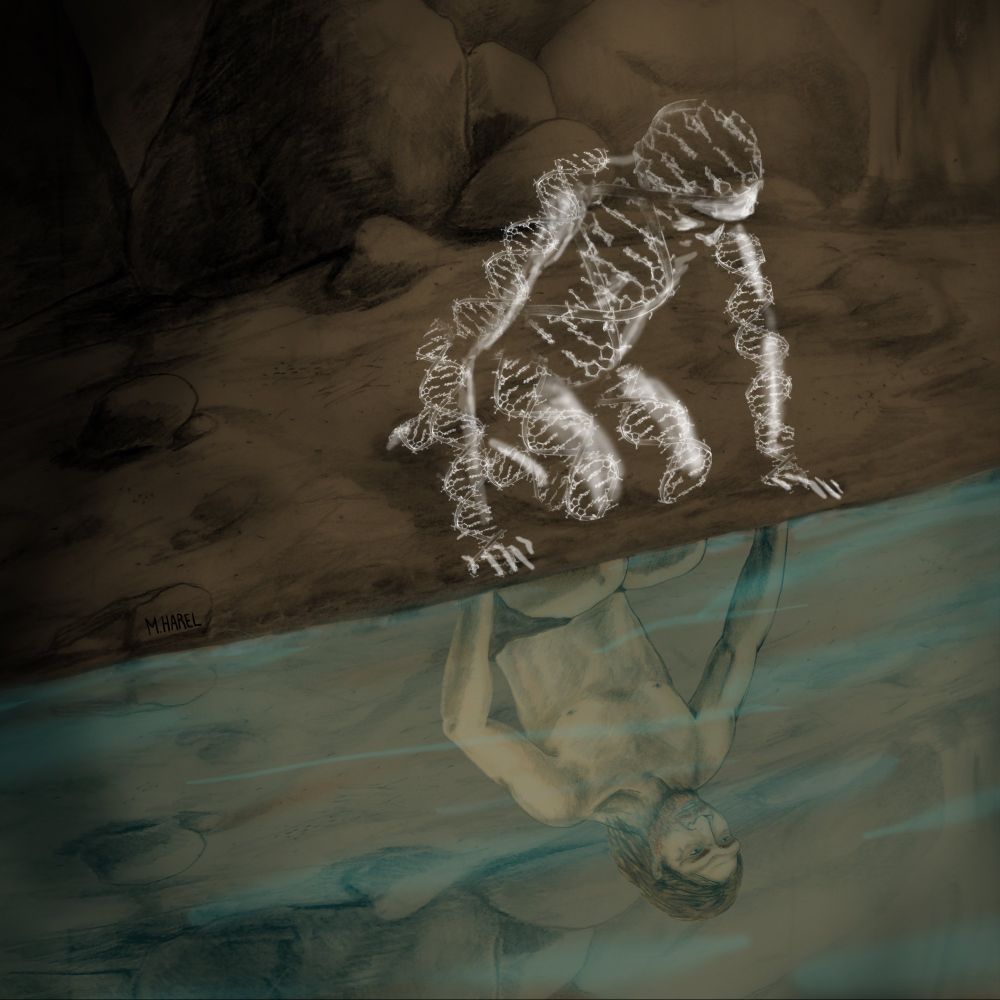Gili Greenbaum
@gilig.bsky.social
160 followers
56 following
15 posts
Population genetics, computational & mathmatical biology, conservation genomics, human evolution. Assistant Professor at the Hebrew University of Jerusalem
Posts
Media
Videos
Starter Packs
Reposted by Gili Greenbaum
Reposted by Gili Greenbaum
Gili Greenbaum
@gilig.bsky.social
· Aug 1
Reposted by Gili Greenbaum
David Gokhman
@david-gokhman.bsky.social
· Jul 26

Predicting the direction of phenotypic difference
Nature Communications - Here authors reveal a method to predict key information on phenotypes - their direction. This is achievable even for phenotypes with incomplete genotype-to-phenotype...
rdcu.be
Reposted by Gili Greenbaum
Gili Greenbaum
@gilig.bsky.social
· Feb 13
Gili Greenbaum
@gilig.bsky.social
· Feb 13
Gili Greenbaum
@gilig.bsky.social
· Feb 13
Gili Greenbaum
@gilig.bsky.social
· Feb 13
Gili Greenbaum
@gilig.bsky.social
· Feb 13
Gili Greenbaum
@gilig.bsky.social
· Jan 6

modelRxiv: A Platform for the Dissemination and Interactive Display of Models
modelRxiv is an interactive repository of eco-evolutionary models that enables readers to access published and unpublished models without the technical hurdles of understanding model code. The platfo...
onlinelibrary.wiley.com
Gili Greenbaum
@gilig.bsky.social
· Dec 28
Reposted by Gili Greenbaum
Reposted by Gili Greenbaum
Reposted by Gili Greenbaum
Ellie Armstrong
@elliecat.bsky.social
· Nov 29

A Pipeline and Recommendations for Population and Individual Diagnostic SNP Selection in Non‐Model Species
Despite substantial reductions in the cost of sequencing over the last decade, genetic panels remain relevant due to their cost-effectiveness and flexibility across a variety of sample types. In part...
onlinelibrary.wiley.com











